10+ SAMPLE HR Business Plan
-
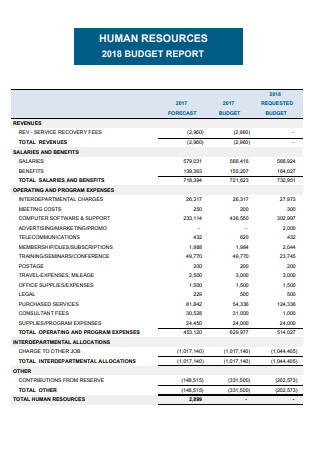
HR Business Plan And Budget
download now -
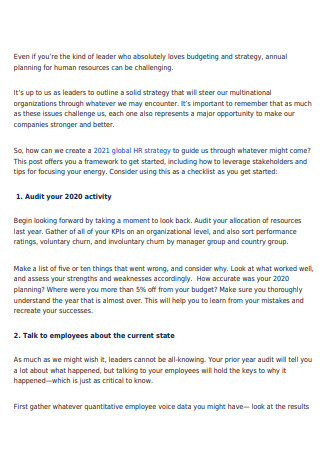
7 Steps for HR Business Plan
download now -
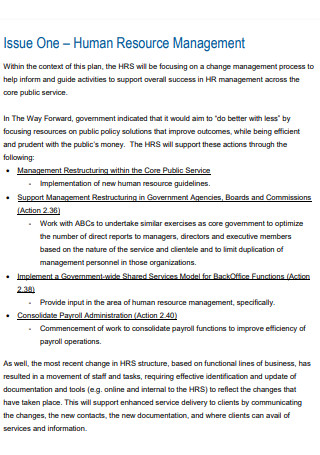
HR Secretariat Business Plan
download now -
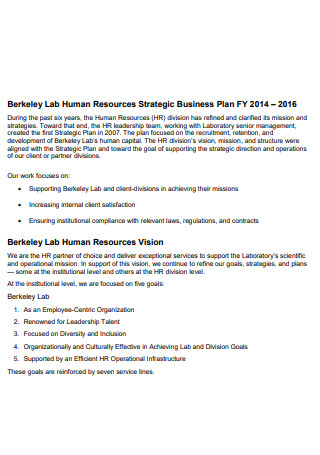
HR Strategic Business Plan
download now -
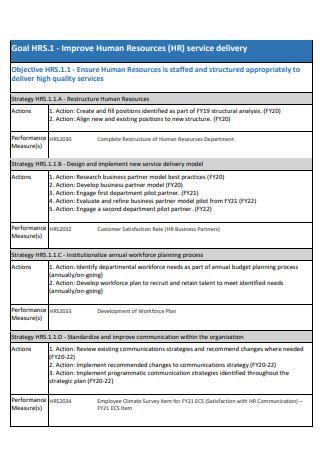
Sample HR Business Plan
download now -
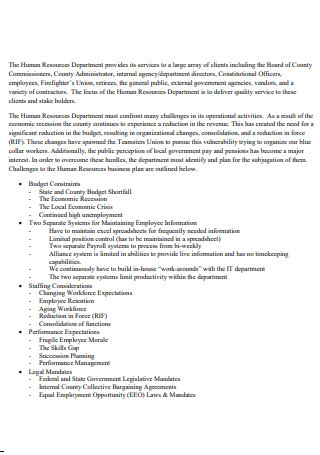
HR Business Plan Example
download now -

HR Department Business Plan
download now -
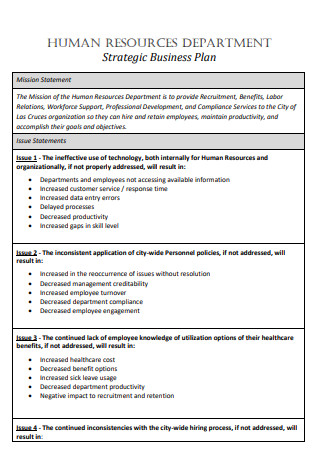
HR Approved Strategic Business Plan
download now -
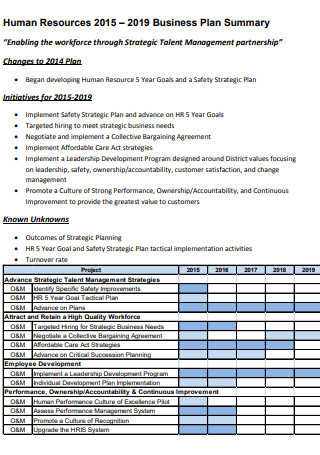
HR Business Plan Summary
download now -
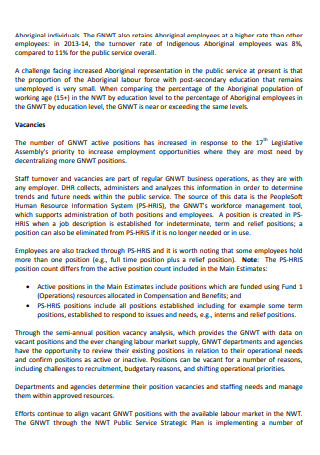
HR Business Plan
download now -
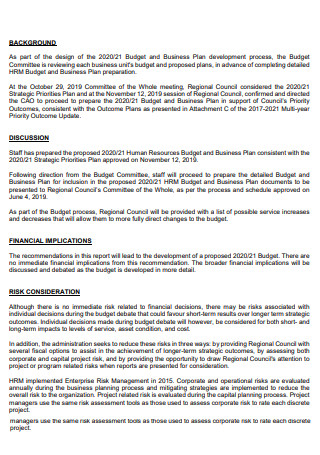
HR Budget and Business Plan
download now
FREE HR Business Plan s to Download
10+ SAMPLE HR Business Plan
What Is a HR Business Plan?
Areas of Human Resources
Tips to Improve Human Resource Management
How to Create a HR Business Plan
FAQs
What is a HR business plan?
How do you write a human resources business plan?
What are the 7 major HR activities?
What Is a HR Business Plan?
A HR business plan is a targeted and comprehensive plan that is geared towards achieving an organization’s human resource objectives. The broader plan may cover the more specific areas of HR.
According to an article published by the University of Minnesota, a Human Resource Management (HRM) strategic plan must consist of six main parts. The plan must determine HR needs, establish a recruiting strategy, select employees, develop training plans, determine compensation, and conduct performance appraisals.
Areas of Human Resources
Human resources is often a core department in any company or organization. As a discipline, human resources covers several sub areas where each area plays a specific role in the servicing and development of a company’s workforce. The following are some of the most common areas in human resources.
Tips to Improve Human Resource Management
Human resources can be a powerful channel and tool in promoting employee productivity and satisfaction. The following examples are simple tips that any human resource professional can put into practice to cultivate a more engaged and optimal workforce.
How to Create a HR Business Plan
Crafting a HR business plan can be pretty lengthy and time-consuming. However, using existing templates that you can easily edit and customize will save you a lot of energy and time. Browse the different sample templates above and simply keep in mind these following steps:
Step 1: Establish the Objectives
The first step in any business plan is identifying your objectives. What is your target with your HR business plan? What outcomes do you expect to come out of the plan? It is best to keep your objectives brief, specific, and straight to the point. In human resources, manpower is the primary concern. The overarching goal is the proper management of the workforce. It is absolutely critical that the entire HR team or department come together to properly align their objectives. All areas of HR should be represented when crafting the business plan objectives.
Step 2: Clarify the Roles and Job Descriptions
Human resources as a discipline covers multiple roles. The next important step in creating your HR business plan is to clearly define the roles and responsibilities of each area in HR. Whether it is recruitment or payroll or employee engagement, each area of HR is equally important. Therefore, job descriptions and role assignments should be outlined in the business plan. Do not neglect to include the name of the HR practitioner responsible as this will promote accountability within the team. Lastly, you also might want to indicate the success indicators or measures of performance specific to each HR role.
Step 3: Assess the Programs and Resources
The next step is to conduct a realistic and fair assessment of your organization’s HR practices. Have they been effective thus far? Or do you need to modify existing policies and improve them? In addition to doing this, you need to survey the existing resources and tools your department has at its disposal. You need a clear assessment of these so that you and your team will be better equipped to construct a more targeted business plan based on these important facts. Being able to assess and compare past programs with the present can serve as good progress tracking tools as well. It will enable you to effectively monitor what works well and what does not.
Step 4: Identify the Strategies
A business plan needs implementable strategies that will target the objectives. After identifying the roles and assessing the resources, you need to outline a detailed action plan that will allow you to address your goals and objectives. These action items must be attainable and measurable as much as possible. The more specific these actions are, the better. You also want to present these strategies in an organized manner, so a good format is key. You do not want to make the mistake of employing a messy and unsystematic format for your business plan. If you are unsure of the best format for your HR plan, feel free to browse the templates above for ideas.
FAQs
What is a HR business plan?
A HR business plan is a detailed plan that outlines the different tools and strategies needed to implement effective HR policies in a company or organization. This can cover a broad range of areas specific to human resources, including talent management and compensation. As much as possible, HR business plans need to be updated or modified as often as required depending on the needs of the company.
How do you write a human resources business plan?
To write a human resources business plan, you need to make sure your goals and objectives as a department are aligned and consistent. Start by identifying your departmental goals and the roles and responsibilities of each member. Once you have established these two major items, proceed to evaluating your company’s existing HR policies, practices, and resources; then outlining various strategies to accomplish the objectives you identified.
What are the 7 major HR activities?
According to Your Article Library, the seven major functions under human resource management are job analysis and design; recruitment; training and development; performance management; compensation and benefits; labor relations; and managerial relations.
A functioning human resources department is essential in any organization. Manpower is the driving force behind any successful company and without effective management of this key resource, a company cannot truly attain high levels of success. Create your own HR business plan with the help of any of the predesigned sample templates above.
